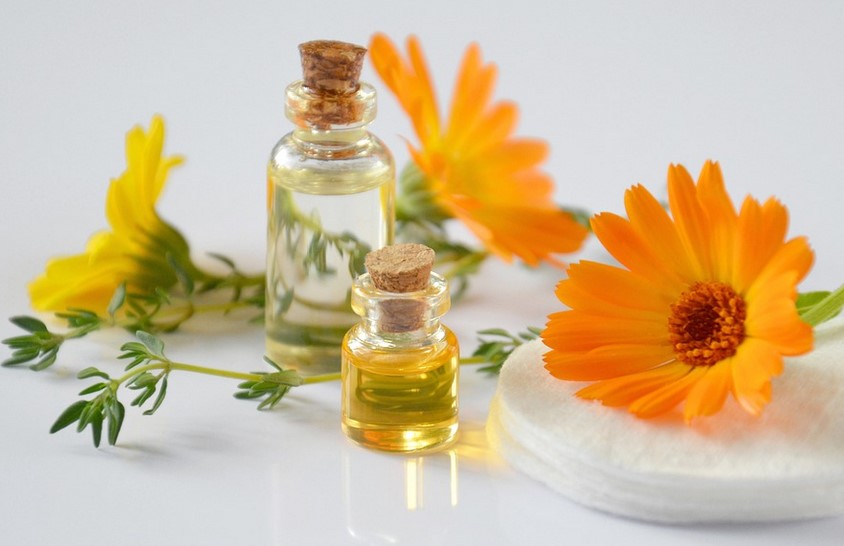Introduction
Spider veins are small, dilated blood vessels that appear close to the surface of the skin. They are usually harmless but can be unsightly, especially when they appear on the face. Retinoid cream is a popular treatment for spider veins on the face. In this article, we’ll explore the benefits of using retinoid cream for spider veins and provide tips on how to use it effectively.
What are Retinoids?
Retinoids are a group of compounds derived from vitamin A. They are used in skincare products to treat a variety of skin conditions, including acne, wrinkles, and spider veins. Retinoids work by increasing cell turnover and stimulating collagen production, which can help improve the appearance of spider veins.
How Do Retinoids Work on Spider Veins?
Retinoids work by increasing the production of collagen, a protein that helps keep skin firm and elastic. Collagen can help strengthen the walls of blood vessels, reducing the appearance of spider veins. Retinoids also increase cell turnover, which can help fade the appearance of spider veins over time.
How to Use Retinoid Cream for Spider Veins
When using retinoid cream for spider veins, it’s important to start slowly and gradually increase use over time. Begin by applying the cream once every other night, and then increase to nightly use as tolerated. It’s also important to use sunscreen during the day, as retinoids can make skin more sensitive to the sun.
Potential Side Effects
Retinoid cream can cause some side effects, including redness, flakiness, and irritation. These side effects are usually mild and temporary, and can be reduced by using a moisturizer along with the retinoid cream. If you experience severe or persistent side effects, stop using the cream and consult a dermatologist.
Other Treatments for Spider Veins on the Face
Retinoid cream is just one of many treatments available for spider veins on the face. Other treatments include laser therapy, sclerotherapy, and intense pulsed light (IPL) therapy. Talk to a dermatologist to determine which treatment is best for you.
Preventing Spider Veins on the Face
While spider veins can be difficult to prevent, there are some steps you can take to reduce your risk of developing them. These include wearing sunscreen, avoiding excessive sun exposure, maintaining a healthy weight, and avoiding alcohol and smoking.
Conclusion
Retinoid cream is a popular and effective treatment for spider veins on the face. When used correctly, it can help improve the appearance of spider veins and promote healthier, more youthful-looking skin. If you’re considering using retinoid cream for spider veins, talk to a dermatologist to determine if it’s the right treatment for you.

